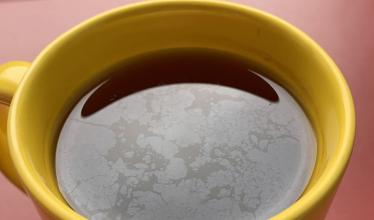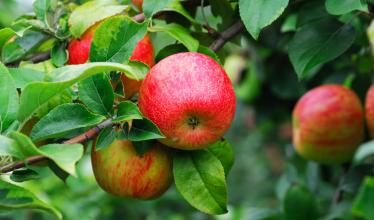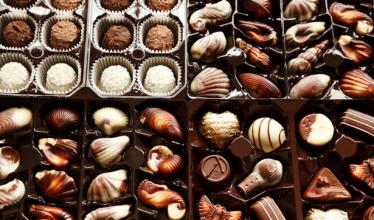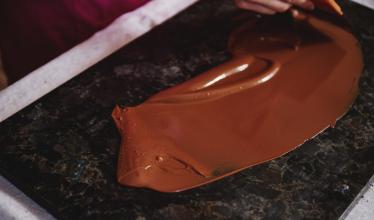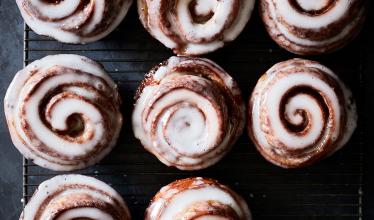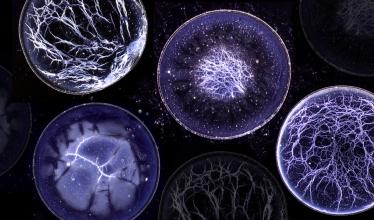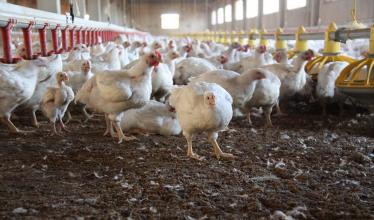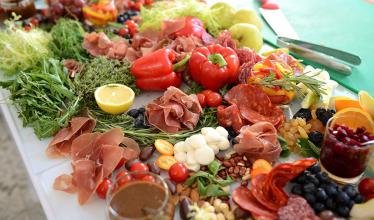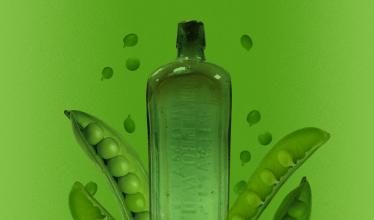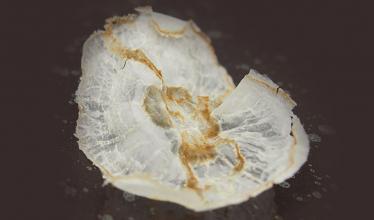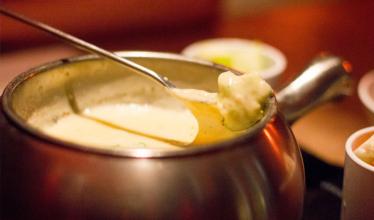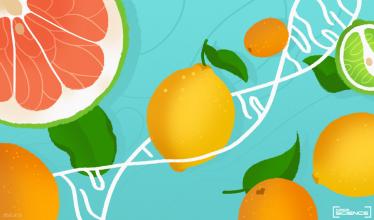Physics of food
Black tea films crack more easily than green tea films, while red tea forms no film.
Physicists say a universal theory that describes everything from light reflecting in tea cups to black holes can explain why apples have a dip at the top.
Researchers discover a simpler (and greener) tempering method to give chocolate its texture, gloss and snap.
Inside Science chats with Megan Povey about her research and what she has learned from transitioning genders late in life.
An interview with baker and onetime chemical engineer Melissa Weller.
Scientists can tell where whiskey came from by the patterns it creates.
What does the science say about the safety of America’s chicken farming practice?
A new paper shows just how diverse the biochemicals in our food are, and how hard it is to understand how they impact our bodies.
New distilling technique creates a new, refreshing use for mashed peas.
Researchers find a new method for making jellyfish into an edible product with an enticing, crisp texture.
Ensuring a pot of the famous melted cheese dish has the right material properties is key to enjoying it.
Scientists identify two genes behind plant cell pumps that produce sourness -- and variation in flower color.

